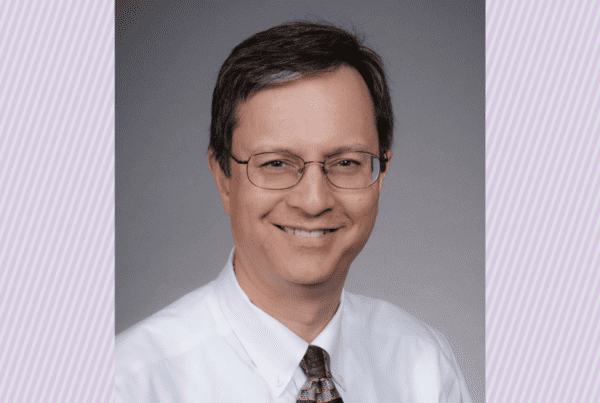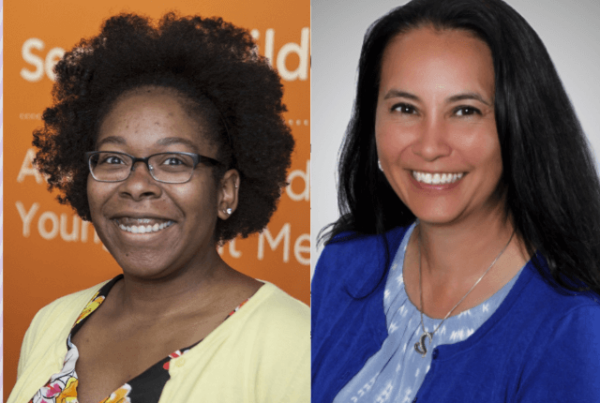When Lucy Berliner was offered her internship at Harborview as a UW social work graduate student in the 1970s, she had no idea she would help shape the field of hospital-based medical and counseling care for sexual assault survivors.
At that time, specialized treatment for survivors was rare, and scientific research on the topic was practically nonexistent. Crimes like rape, domestic violence and child abuse were not yet recognized as sharing commonalities in treatment, nor was sexual assault recognized as one of the types of trauma likely to have lasting health effects on survivors.
Harborview had received grant money to build a support program for sexual assault survivors. Few such programs existed in the country, and none in the state.
When Berliner was offered a role in that work, she couldn’t have known she would help create the center she would one day end up leading—she just thought it seemed like a good opportunity.
“I thought, ‘Why not?’ There were no other programs like that in the state, there was no supervisor—we made everything up as we went along,” says the now-director of the Harborview Center for Sexual Assault and Traumatic Stress (HCSATS).
When HCSATS first opened, Berliner and her colleague assumed treating victims sensitively and regularly collecting forensic evidence would encourage victims to cooperate with law enforcement to catch more perpetrators and thus, decrease the rate of sexual assault. Instead, the center saw a rush of patients.
“Once there were services available and it became known that victims would get prioritized in a sensitive, caring way, more and more victims started coming forward,” Berliner says.
As the years went on, the center grew, adding new services that reflected current research. Scientists learned that children were even more likely to be victims of assault than adults, so the center added pediatric care to its bailiwick. Counselors also started treating patients who experienced other forms of trauma.
Now, staff meet every month with local police, prosecutors, child protection and victim services to ensure a coordinated community approach to sexual violence, and the center is home to the sexual assault nurse examiner (SANE) program, employing specially-trained nurses to treat victims and help collect forensic evidence for police reports.
Throughout it all, Berliner has been both an eyewitness to the growth of a new field of medicine and one of its pioneers.
“Back in the day, we didn’t know what would help people best, but now we know a lot. When you’re part of it from the beginning, you can make a difference in more ways and develop a better response after seeing the issues up close,” she says.
This response is evident in the center’s commitment to truly putting patients first. Patients contact the center directly for appointments. New patients aren’t expected to provide extensive personal information or proof of eligibility for care and don’t have to pay for their first appointment.
“We know how hard it is for victims of trauma to come forward and we’re not going to put a single thing in their way,” Berliner says.
Aside from providing thorough, compassionate care to her patients, Berliner also stresses the importance of self-care and works to help her patients practice it. She urges patients not to expect healing or resolution to come from the legal system but to instead turn to their own strength.
“You’re the one who knows what really happened and you have to have confidence in that. You’ve got to look to yourself and your own understanding of your experience for healing.”
Many would wonder if working with people who went through something so horrible would be depressing or overwhelming, but Berliner feels the opposite.
“I know the bad thing already happened, so all I can do is make it better if I do my job right. It’s inspiring what people can do even after going through something terrible. It’s an honor to be part of that journey.”
Editor’s note: Berliner contributed to a recent op-ed on restorative justice in the Seattle Times. It’s well worth the read.


